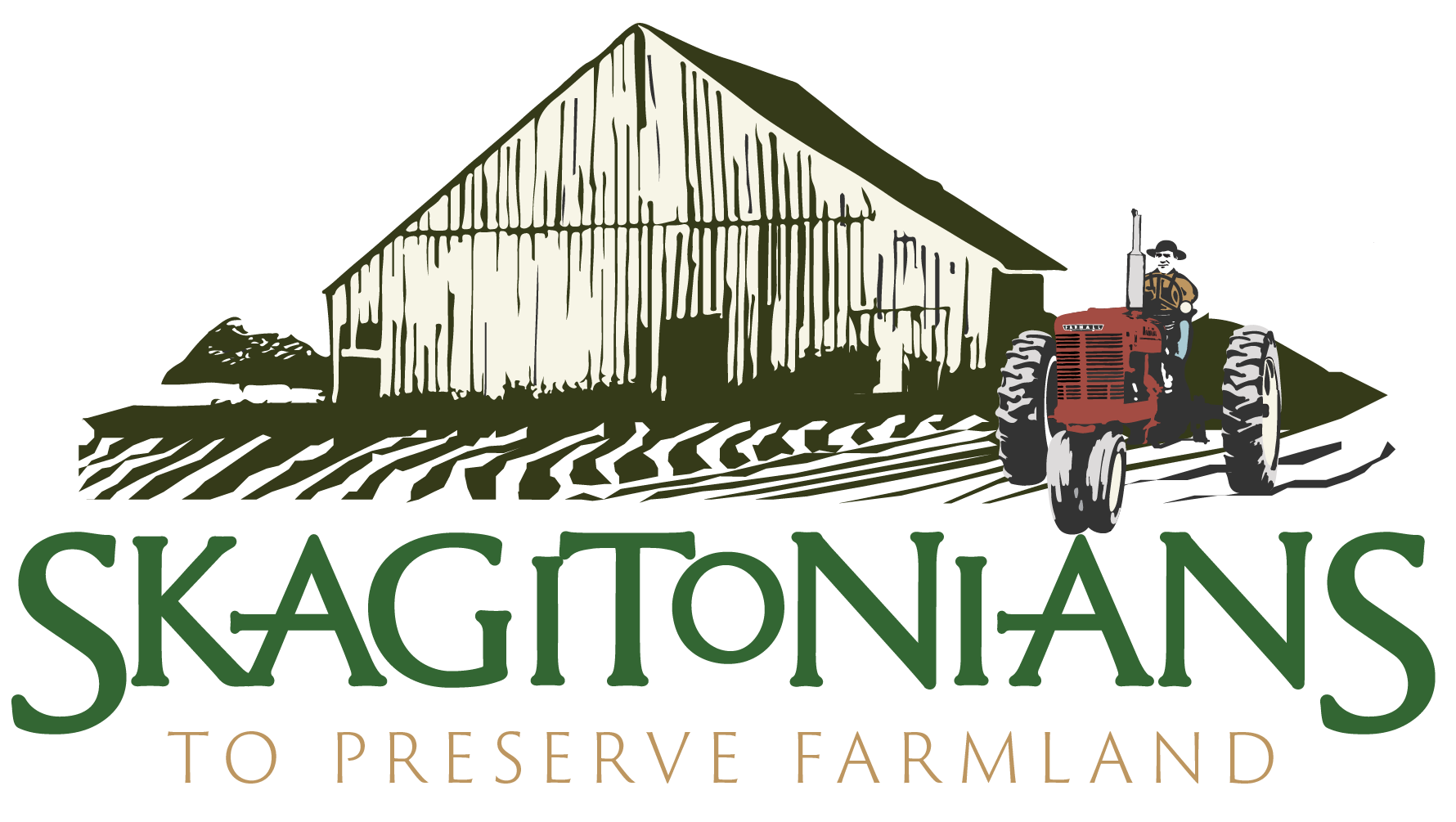Ralph's Greenhouse: Growing Leeks & People
Photo: Craig Barber
“We emphasize saving farmland but now we need to save farmers and farmworkers. All the land in the world is no good without people.”
The workday at Ralph’s Greenhouse starts with stretching.
As workers in muddy boots, warm hats and weatherproof clothing gather in the farmyard, owner Ray deVries strides into the center and says hello. He raises his arms up, back, forward. So does everyone else. Arms up high, he leans his body left and right. Everyone bends over, then stands up to gently roll necks and shoulders. Wrists, elbows, fists and fingers are flexed and straightened. By the end of the morning warmup, all present are making chopping and cutting motions they’ll use throughout the day.
Next on the agenda: the day’s tasks.
People are needed to move sand to the goat pens. The cabbage crop is in its final days and some are beginning to yellow. “Be picky,” he tells workers who wash and pack produce. With the winter harvest winding up, work will slow for the next few weeks. Tomorrow will probably be a four-hour day. “Okay, that’s it.”
Men and women walk to the processing area or board a fleet of vans and a decommissioned school bus for fields where, in late February, there are leeks, parsnips, carrots, and kale to pick.
Photo: Gary L. Brown Photography
The vans and the school bus are old. So are the tractors and cultivators. Water from the final produce wash line is used again to blast mud off vegetables coming in from the field. Another conveyor belt takes yellowing cabbage to the compost pile. Produce too homely to sell goes into a free bin for staff. There are cloth towels in the bathroom. “We don’t want to waste paper and cloth is pretty nice,” says Ray, who often rides from field to field on a bicycle.
Growing up as an immigrant from the Netherlands, “you learn to make things work without having to spend a whole lot,” he says.
Once someone suggested he needed a nice big pickup. No thanks, he replied. Instead of paying $24,000 for a new truck, he could get a minivan for $1000 and pay 24 thousand-dollar bonuses.
“On the farm there’s money for two out of three things: farmland, equipment, and payroll,” he explains. “I decided I could buy land and pay our people well, and we’ll make do with used equipment that doesn’t cost as much.”
Photo: Craig Barber
People are key to the success of Ralph’s Greenhouse. Founded by Ray’s father in the 1980s, the 250-acre farm grows about 20 crops, all certified organic, all tended and harvested by hand.
“Farm laborers are skilled workers,” says Ray, who has been farming for 32 years. “They know what they are looking for when picking, and how to run machinery. They are very hard to replace, and we as farmers need to take really good care of them.”
Unlike seasonal agricultural businesses like tulips and berries, Ralph’s Greenhouse needs workers year-round. “I didn’t know that you aren’t supposed to harvest in the winter because I never went to ag school,” he explains. “So we plow in January and February, irrigate in April, and are out of sync with the rest of the world.”
In summer the crew swells to 110 people who help turn a bushel of carrot seed into a plateful of rainbow carrots. They grow starts in greenhouses; plant, weed, irrigate and harvest vegetables; drive tractors and vans; and wash, prep, and pack produce for shipping.
Photo: Craig Barber
They work in all kinds of weather. On cold, dark days the Ralph’s Greenhouse crew may start at 10 or 11 a.m. and cut leeks under klieg lights before an overnight freeze. If daytime temperatures are so cold that nothing in the field can thaw, they stay home. In hot weather, shifts start at 6 a.m., with frequent juice breaks to ward off heat exhaustion.
At Ralph’s, people also grow. Someone interested in becoming a mechanic or moving into management can give it a try “and if they like it, we’ll train them some more,” Ray says. During the early-spring slowdown, he promotes the free evening English classes at Skagit Valley College. “I remember what it’s like, when on the first day of school I discovered nobody spoke Friese.”
Would-be farmers can join the crew and find out whether farming fits them, or just pick Ray’s brain about crops and markets, land and equipment. “It’s difficult to start a farm, and I believe it’s the job of old, established farmers to help younger ones get going,” he says.
“We emphasize saving farmland but now we need to save farmers and farmworkers. All the land in the world is no good without people.”
Obstacles abound. Once, about 32 cents of every food dollar reached the grower. Today, only 15 or 16 cents do, with the rest going to processors and distributors. “That makes it harder to pay good wages,” he says. Overtime laws recently implemented in Washington were well-intentioned, he believes, but affect crew members who ask for longer shifts and Saturday work. “Now the people who want to work more don’t have the option of working extra hours unless they find a second job someplace else,” he says. “We can’t sell overtime vegetables in the grocery store.”
“We need to pay farmers more so they don’t need to flip over their dime twice,” he says. “This is why you see farms that can’t make it.”
But Ralph’s Greenhouse is making it. Many workers have been with the farm for over 20 years, and customers like Whole Foods, Charlie’s Greenhouse, the Puget Sound Food Hub, and local food coops keep coming back for leeks and other specialty vegetables.
“My dad always said, grow vegetables, people can’t eat flowers!”
Story by Anne Basye: info@skagitonians.org




